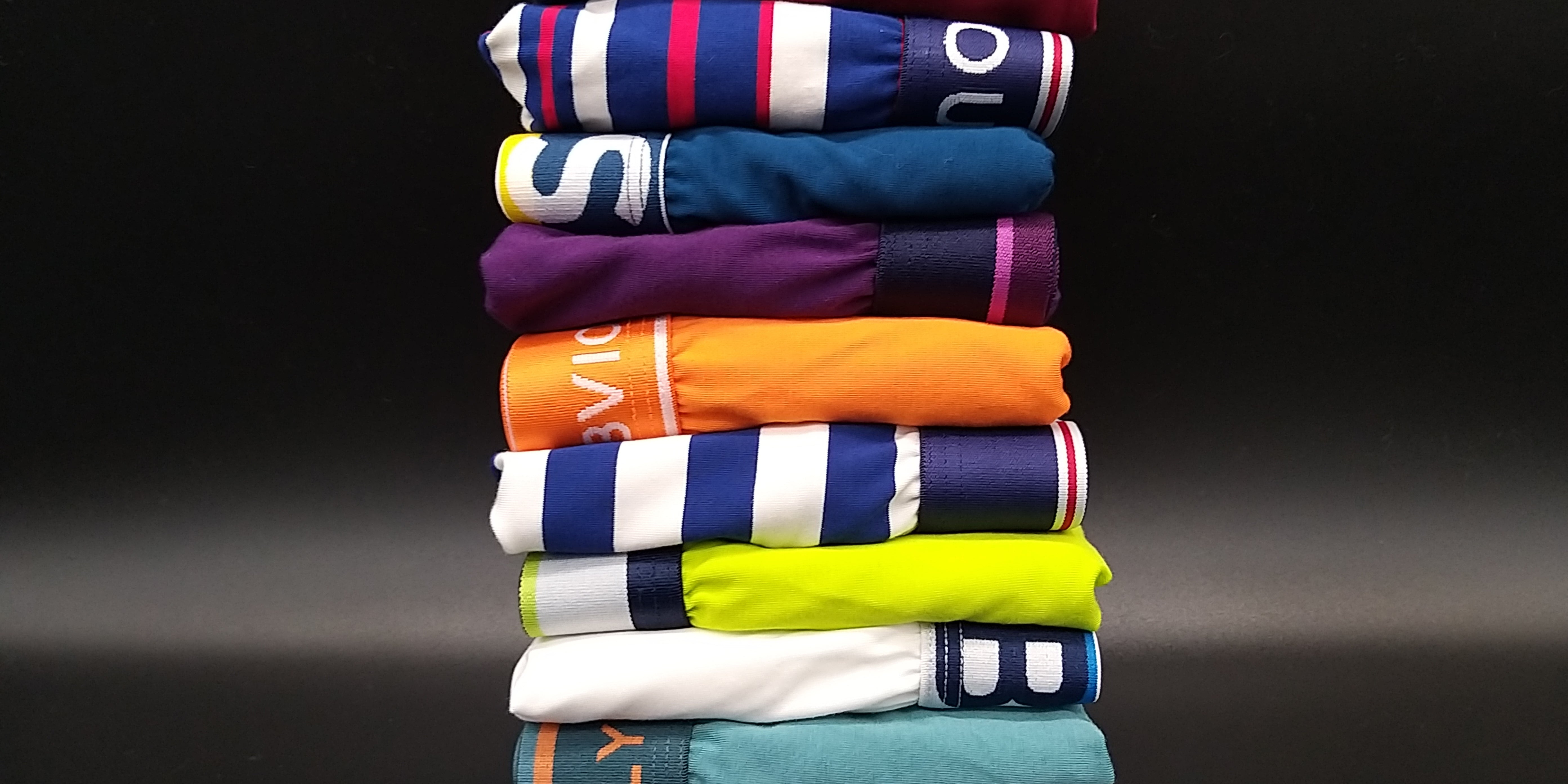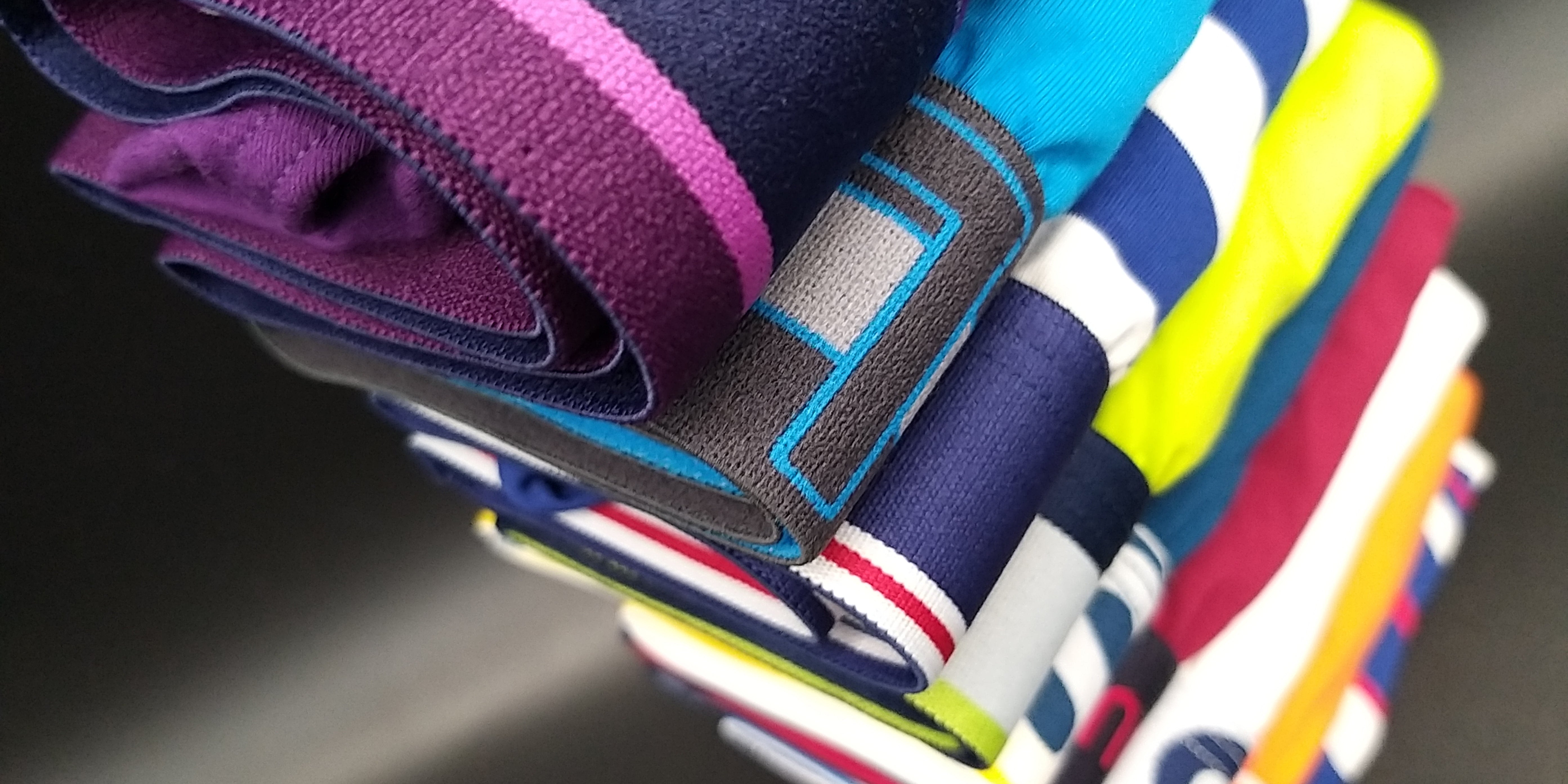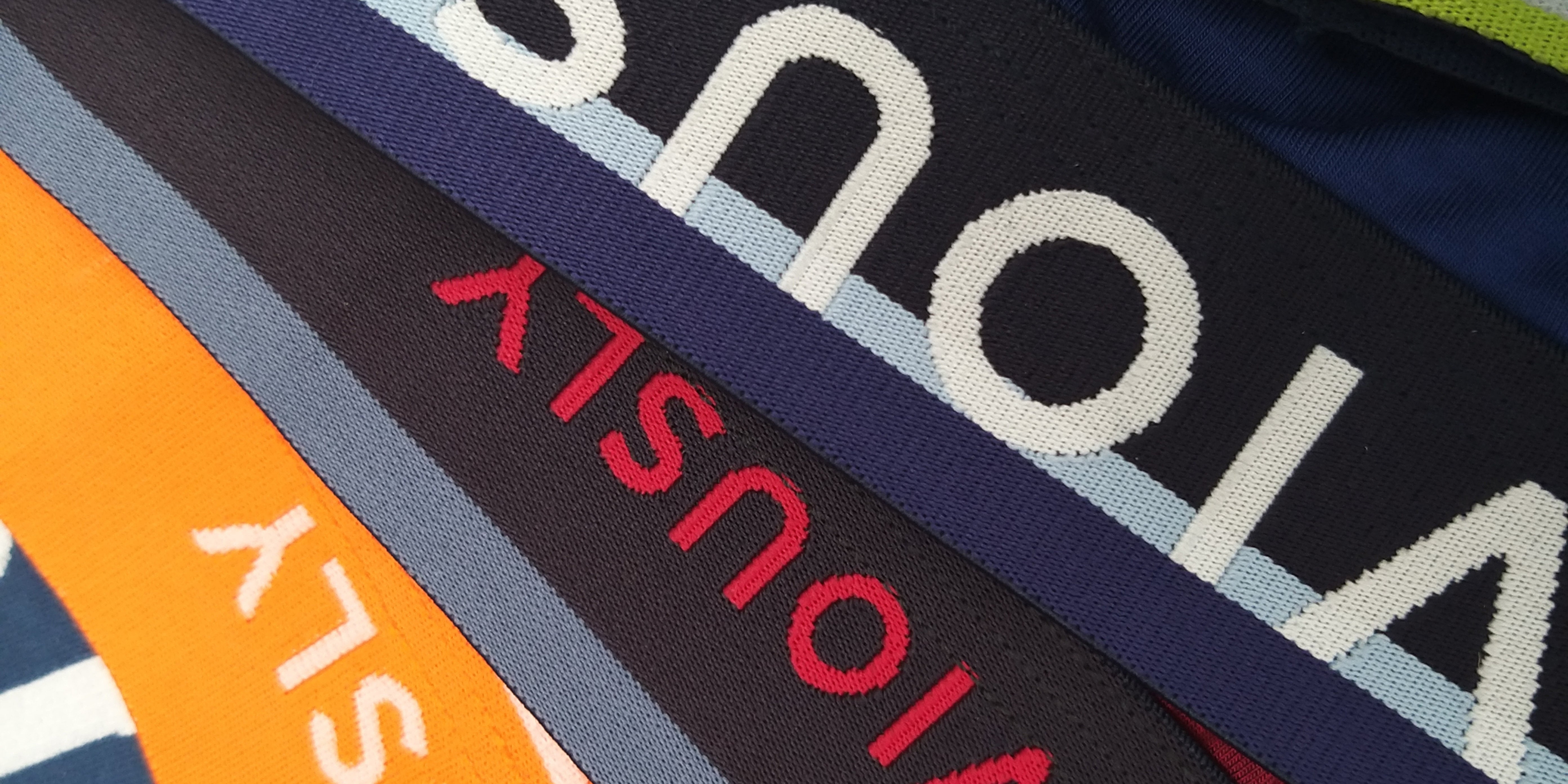
How To Layer Underwear: For Cold Weather and More
For those who thrive in the great outdoors or navigate the daily grind in chilly climates, mastering the art of layering underwear can make all the difference. From hiking and camping to commuting and working in cold conditions, knowing how to layer underwear properly is essential for maintaining warmth and comfort. This article provides valuable insights and practical tips to help men stay cozy and protected, no matter the cold weather challenge they face.
Why Layering Underwear Matters
Layering underwear is essential for maintaining warmth, comfort, and overall performance in cold weather conditions. By strategically combining different layers, individuals can create an effective barrier against the cold while managing moisture and ensuring breathability with moisture wicking fabrics. This approach not only helps in regulating body temperature but also provides flexibility to adjust layers based on varying activity levels and environmental conditions. Whether hiking, commuting, working, or traveling, understanding the importance of layering underwear can significantly enhance one's ability to stay warm and comfortable, ultimately leading to a more enjoyable and productive experience in cold climates.
How To Layer Underwear
Step 1: Start with a Moisture-Wicking Base Layer
The first step in layering underwear is selecting a high-quality base layer that effectively wicks moisture away from the skin. Materials like bamboo and micromodal, or blends are ideal for this purpose. These fabrics help keep the skin dry by drawing sweat away, which is crucial for maintaining warmth. A snug fit is essential to ensure maximum contact with the skin, allowing the material to perform its moisture-wicking function efficiently.
Step 2: Add an Insulating Layer
Once the base layer is in place, the next step is to add an insulating layer. This layer is responsible for trapping body heat and providing additional warmth. Fleece, down, or synthetic insulated materials are excellent choices for this layer. The insulating layer should be slightly looser than the base layer to create air pockets that retain heat. However, it should still fit comfortably under outer layers without restricting movement.
Step 3: Incorporate an Outer Layer
Incorporate an outer layer that offers protection against wind, rain, and snow. This layer should be both windproof and waterproof while maintaining breathability to prevent overheating and moisture buildup. Options like softshell or hardshell jackets and pants are suitable for this purpose. The outer layer should fit comfortably over the insulating layer, allowing for ease of movement and ensuring that all layers work together to provide optimal warmth and protection.
Step 4: Adjust Layers Based on Activity and Conditions
Layering is not a one-size-fits-all approach; it requires adjustments based on the activity level and environmental conditions. For high-intensity activities like hiking or skiing, it may be necessary to remove the insulating layer to prevent overheating. Conversely, during periods of low activity or extreme cold, adding an extra insulating layer can provide additional warmth. Being mindful of these adjustments ensures that the layering system remains effective and comfortable throughout different activities and weather conditions.
Step 5: Maintain and Care for Your Layers
Proper maintenance and care of your layered underwear are crucial for ensuring longevity and performance. Follow the manufacturer's instructions for washing and drying each layer, paying special attention to the care requirements of delicate materials like merino wool or down. Store your layers in a dry, cool place to prevent damage and maintain their insulating properties. Regularly inspecting your layers for wear and tear will help you address any issues promptly, ensuring that your layering system remains effective for future cold-weather adventures.

Are You Supposed To Wear Underwear Under a Base Layer?
Yes, wearing underwear under a base layer is generally recommended for added comfort and hygiene. The base layer is designed to wick moisture away from the skin, but having a layer of underwear can provide additional support and help manage sweat more effectively. Opt for moisture-wicking underwear made from materials like merino wool or synthetic fabrics to complement the base layer's performance. This combination ensures that moisture is efficiently drawn away from the skin, keeping you dry and comfortable during various activities in cold weather.
Should Base Layers Be Tight or Loose?
Base layers should be tight rather than loose to maximize their moisture-wicking capabilities and thermal efficiency. A snug fit ensures that the fabric maintains close contact with the skin, allowing it to effectively draw sweat away and keep the body dry. This close fit also helps to trap body heat, providing better insulation and warmth. However, the base layer should not be so tight that it restricts movement or causes discomfort. The goal is to achieve a balance where the base layer fits comfortably while still performing its essential functions.
What Is The Difference Between Thermals and Base Layers?
Thermals and base layers are terms often used interchangeably, but they serve slightly different purposes. Thermals are specifically designed to provide warmth by trapping body heat, making them ideal for extremely cold conditions. They are typically made from insulating materials like wool or synthetic fibers that offer excellent thermal retention. On the other hand, base layers focus primarily on moisture management by wicking sweat away from the skin to keep the wearer dry and comfortable. While base layers also provide some level of insulation, their primary function is to serve as the first layer of defense against moisture buildup. In essence, thermals are a type of base layer with a stronger emphasis on insulation, whereas base layers prioritize moisture-wicking with varying degrees of warmth.
What Underwear Style Is Best For Layering?
- Boxer Briefs: Provide a snug fit that covers more of the thigh, offering both support and warmth without bunching up under layers.
- Briefs: Offer a close fit with minimal fabric, ensuring comfort and freedom of movement while effectively managing moisture.
- Long Johns: Extend down to the ankles, providing full leg coverage and additional warmth, ideal for extremely cold conditions.
- Trunks: Similar to boxer briefs but with a shorter leg length, trunks offer a balance of support and minimal coverage, making them suitable for layering.
- Thongs: Offer minimal coverage and eliminate visible lines under tight layers, ensuring comfort and freedom of movement while effectively managing moisture.
Conclusion
Mastering the art of layering underwear is essential for anyone facing cold weather, whether they're outdoor enthusiasts, commuters, workers, or travelers. By understanding the importance of moisture-wicking base layers, insulating mid-layers, and protective outer layers, individuals can create a versatile and effective system to stay warm and comfortable in various conditions. Choosing the right materials and styles, such as merino wool or synthetic fabrics, and adjusting layers based on activity levels and environmental factors, ensures optimal performance and comfort. With these practical tips and insights, anyone can confidently tackle the challenges of cold weather, enhancing their overall experience and productivity.
Final Thoughts
At Obviously Apparel, your comfort is our top priority. Our underwear line boasts an anatomical pouch design that offers unparalleled support, keeping you comfortable throughout the day. If you're tired of uncomfortable underwear, Obviously Apparel is the solution you've been looking for. Experience the comfort you deserve with our products.
Sources




